Published March 11, 2022
While winter hasn’t quite left us behind, it’s certainly on its way out the door. By now, you’ve probably ventured outside to enjoy a few pleasant weather days. Local wildlife is just as eager to experience spring. Bulbs and bugs are starting to emerge from the ground, birds are singing more, and bunnies will start looking for love… or at least a mate.
The best thing we can do as good stewards of the Earth is to give these creatures the space and time they need to wake up from winter slumbers. That means leaving those leaves in our gardens a little bit longer and waiting for that first lawnmower ride of the season.
Our team of experts at the Indianapolis Zoo’s Global Center for Species Survival offer some additional information about some of the seasonal changes you’re likely to notice.
Julia Geschke – Reptile & Amphibian Conservation Coordinator
Many amphibian species – such as frogs and salamanders – are moving above ground to find forested pools where they breed. You might encounter species you don’t see any other time of the year, especially if you live near a forest or have small bodies of water on your property.
If you have a basement with window wells, make sure to look inside them for any animals that may have fallen in, because they can’t always climb out on their own. Additionally, some salamanders make their way inside houses. If you find them, simply relocate them outside. You don’t have to worry about the cold weather – if they are already moving around, they can handle the current temperatures.
Reptiles like snakes, turtles and lizards are also emerging and looking for basking sites to warm up. You’re likely to see them sunning themselves or even crossing streets to look for mates or food. Road mortality is a frequent cause of death for reptiles and amphibians because we often build streets through the middle of their habitats. Be on the lookout for animals crossing the road during the day and night.
Dr. Sérgio Henriques – Invertebrate Conservation Coordinator
This is the time of year when Indiana’s state insect – Say’s firefly – undergoes a remarkable migration. This group of fireflies (Pyractomena sp.) is quite unique in its habits, perhaps because they live in areas that are prone to flooding. The larvae climb trees and hang by their tails. This is known as aerial pupation. They’ll bathe in the sun for two to three weeks until they emerge as adults to brighten our nights. Start looking for them in March and April.
To create the best possible conditions for fireflies and other insects, we recommend planting native trees and protecting mature trees. It’s also a good idea to avoid disturbing plant life during this important time of movement and transformation. Additionally, wait until Mother’s Day to remove leaf litter or cut dry plants from last year. Many of your favorite insects are hiding under all that debris and using it for warmth until temperatures are consistently above 50 degrees.
Angela Yang – Mammal Conservation Coordinator
There’s a reason the Easter Bunny exists. Spring is a busy part of the year for rabbits. They will often form nests in yard debris, so you want to be especially careful before venturing out to mow your lawn for the first time. Also, keep in mind that mother rabbits often leave the nest for hours at a time to search for food. If you come across baby bunnies without a mom, leave them be. She’s likely to return. Just make sure the babies are safe from any predators, such as pet cats and dogs.
Dr. Sam Ivande – Bird Conservation Coordinator
Now is the time of year when migratory birds depart from their tropical wintering habitats and undertake spring migration. Some will simply make a pit stop in our state before traveling further north, others will stick around Indiana through the summer to breed and raise their young.
Backyard birds are likely to be more active as well. Expect to see and hear more robins, red-winged blackbirds, meadow larks and bluebirds in the coming weeks. Additionally, male cardinals and goldfinches get somewhat territorial this time of year, so they might start pecking at your windows and car mirrors. For your windows, it’s a good idea to place special stickers or other visual signals on the glass to help birds avoid hitting it by accident.
Last year, the Indiana Department of Natural Resources asked us to stop feeding backyard birds to prevent the spread of an illness impacting birds nationwide. It is now safe to resume feeding birds, but make sure your feeders are thoroughly cleaned and that the seed is fresh.
Supporting wildlife through the difficult final stretches of winter helps ensure it will be around to enjoy all year long.
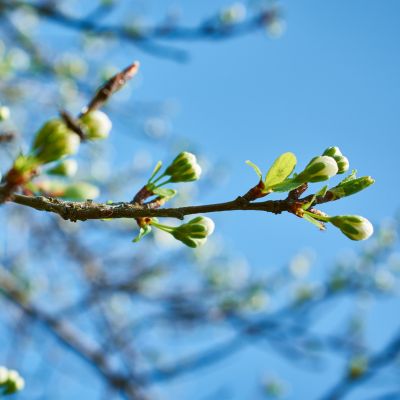
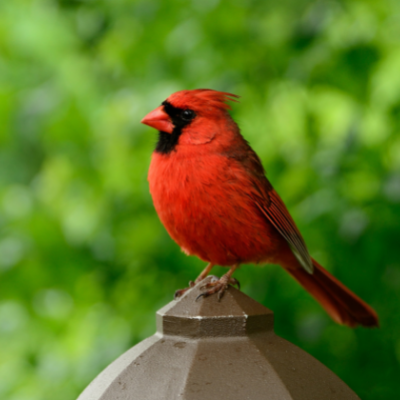
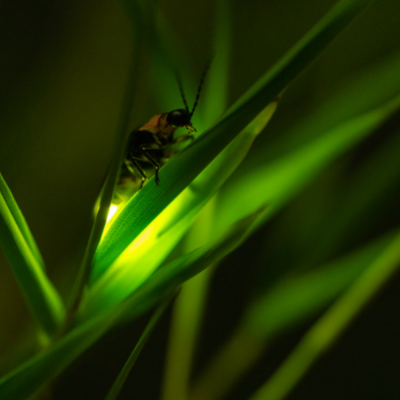
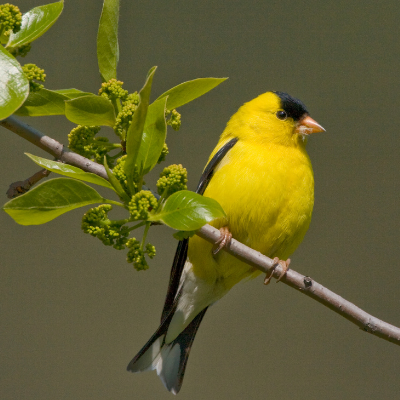
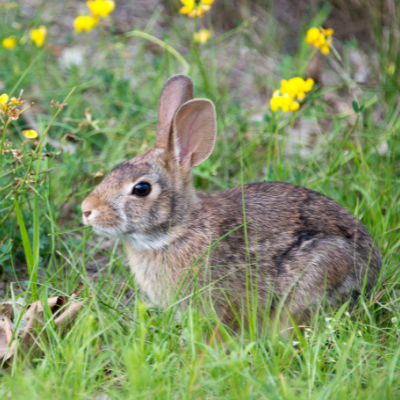
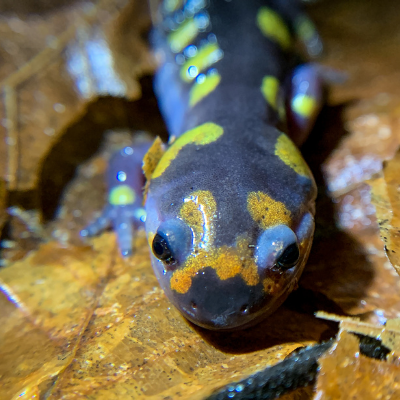
Pick your day. Pick your price. Pick your package. Prices online are cheaper than at the gate.